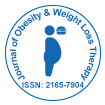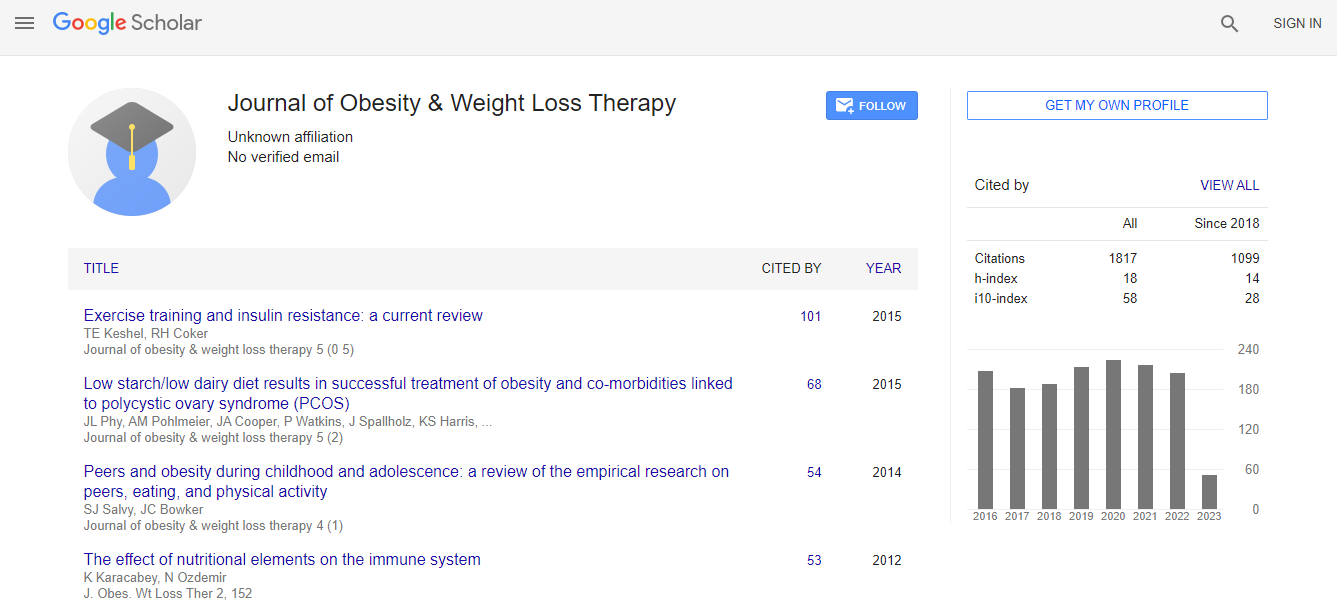Optimal Skin Incision Techniques and Perioperative Considerations for Cesarean Delivery in Super Obese Patients
*Corresponding Author:Received Date: Sep 30, 2024 / Published Date: Oct 30, 2024
Citation: Mastrogiannis DS, Baranco N (2024) Optimal Skin Incision Techniques and Perioperative Considerations for Cesarean Delivery in Super Obese Patients. J Obes Weight Loss Ther S8:005. DOI: 10.4172/2165-7904.S8-005
Copyright: 漏 2024 Mastrogiannis DS, et al. This is an open-access article distributed under the terms of the Creative Commons Attribution License, which permits unrestricted use, distribution, and reproduction in any medium, provided the original author and source are credited.
Abstract
Super obesity (BMI ≥ 50 kg/m2 ) presents significant challenges in obstetric care, especially during cesarean delivery. This review examines optimal skin incision techniques and perioperative considerations for cesarean delivery in super obese patients, analyzing the advantages and disadvantages of low transverse (Pfannenstiel), high transverse, and vertical incisions. Low transverse incisions are associated with fewer wound complications and better cosmetic outcomes but may be difficult due to the overhanging pannus. High transverse incisions offer improved exposure but have higher wound infection rates. Vertical incisions allow rapid access but carry risks of poor cosmetic results and increased wound dehiscence. Factors influencing incision choice include body habitus, urgency of delivery, prior surgical history, fetal position, and surgeon preference. Perioperative strategies such as anesthesia considerations, antibiotic prophylaxis, use of self-retaining retractors, and meticulous wound care are critical for optimizing outcomes. Individualized surgical planning and multidisciplinary collaboration are essential to manage these high-risk cases effectively.

